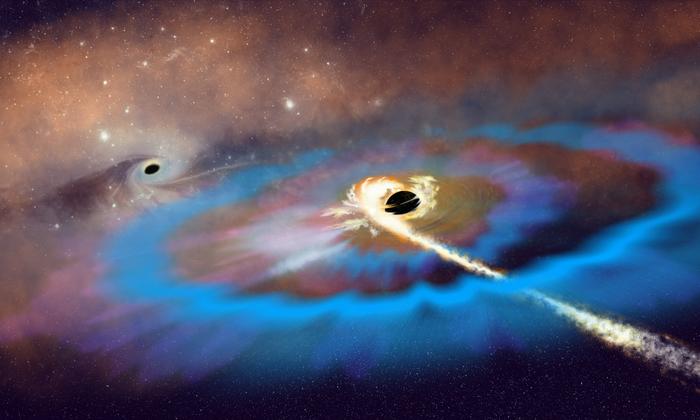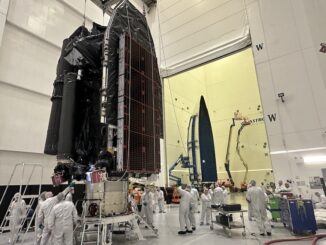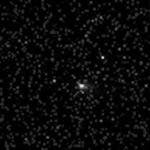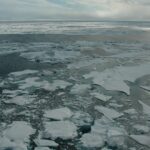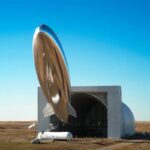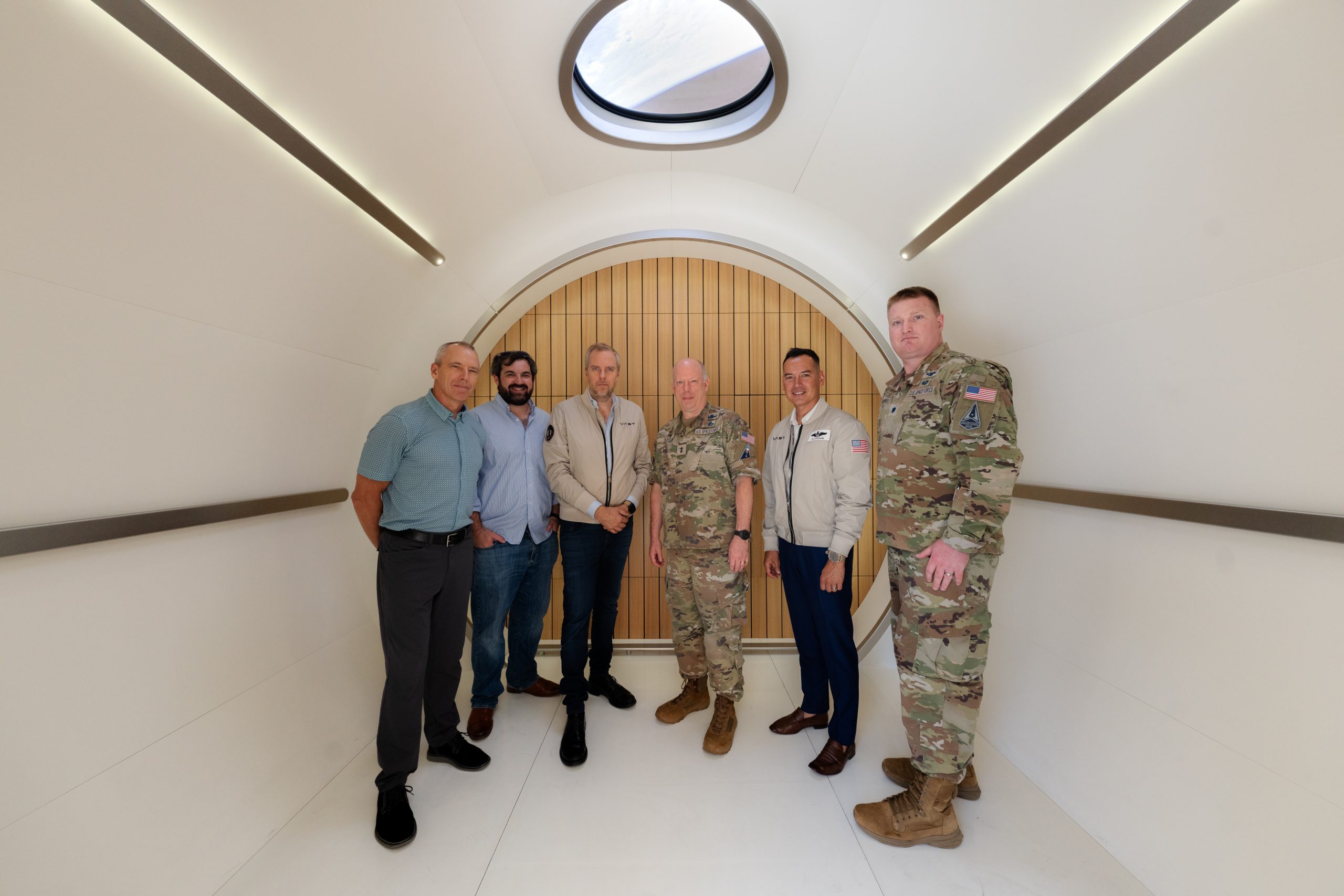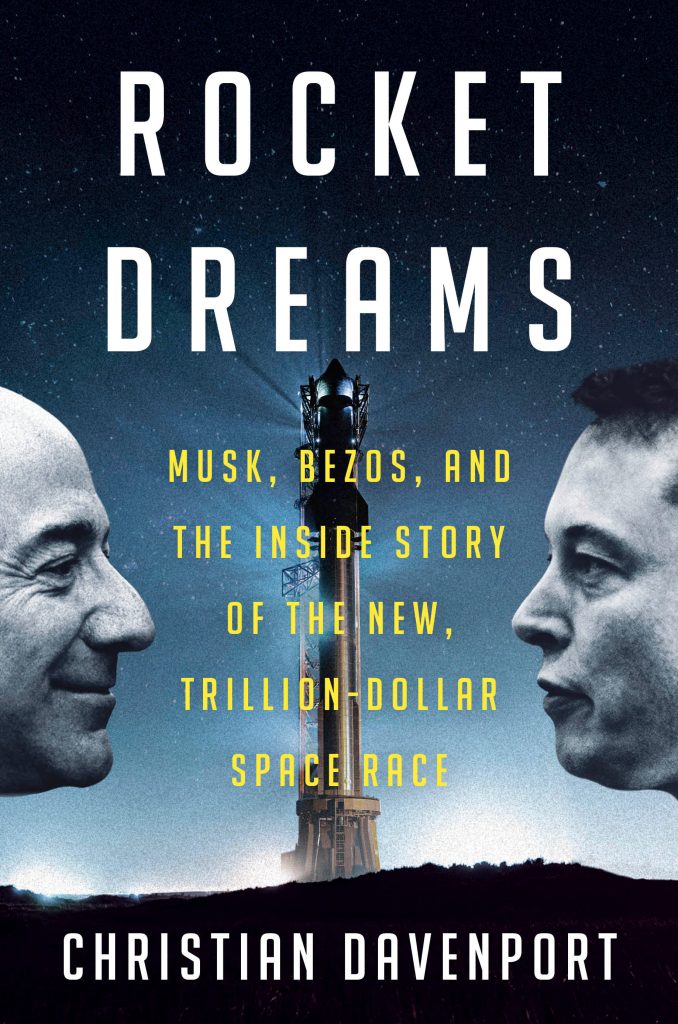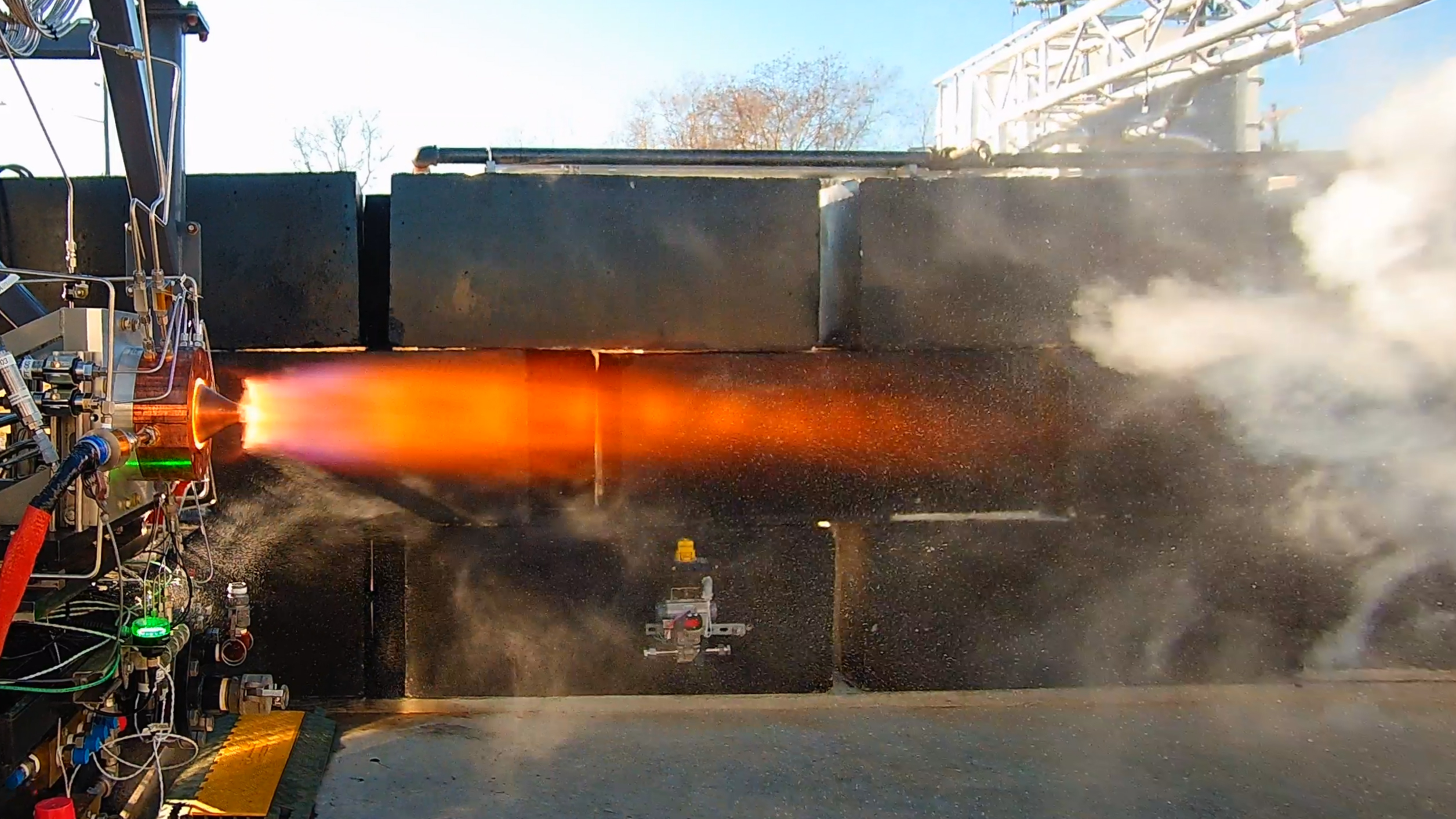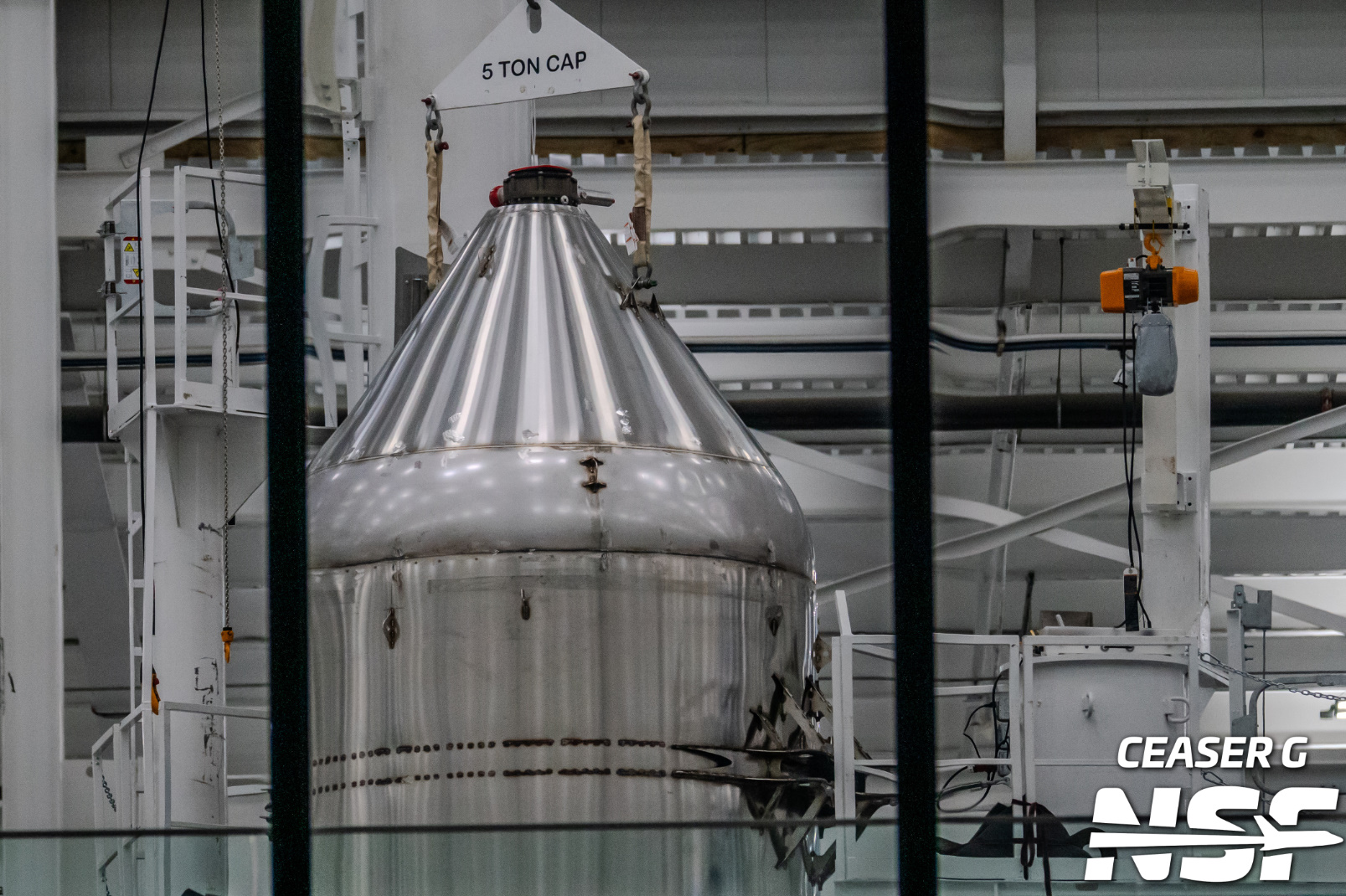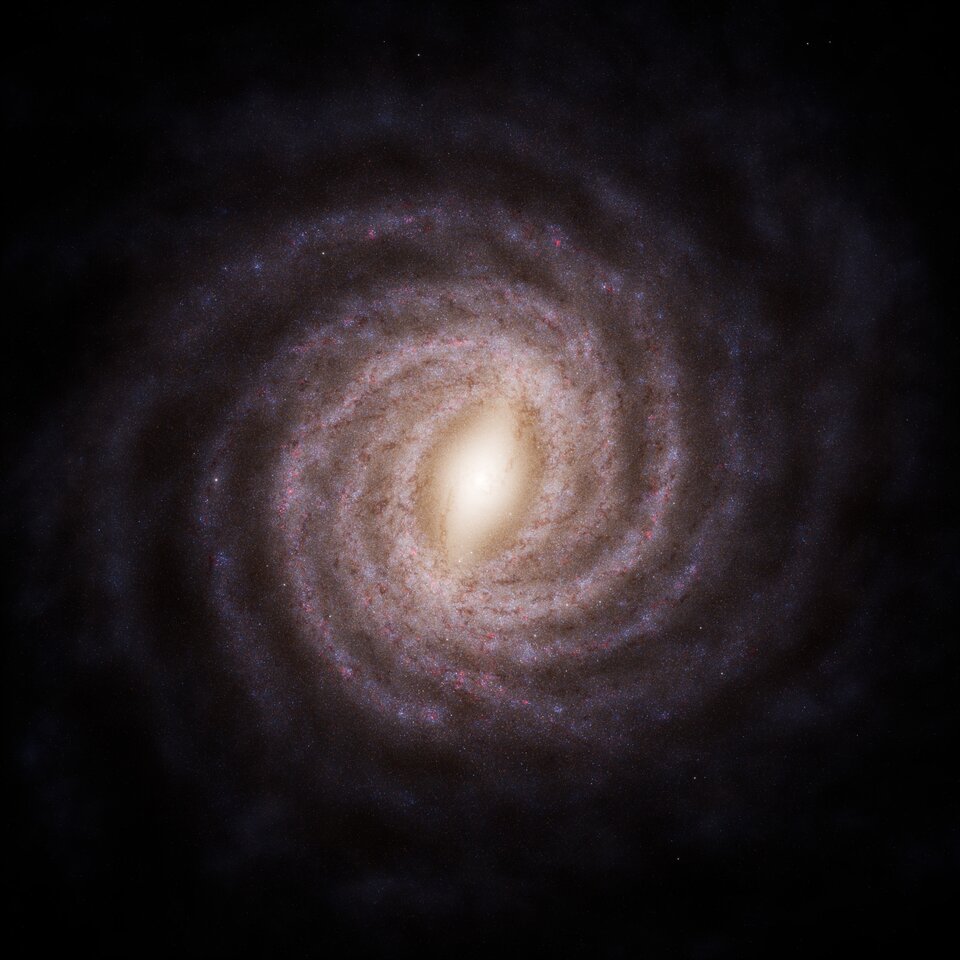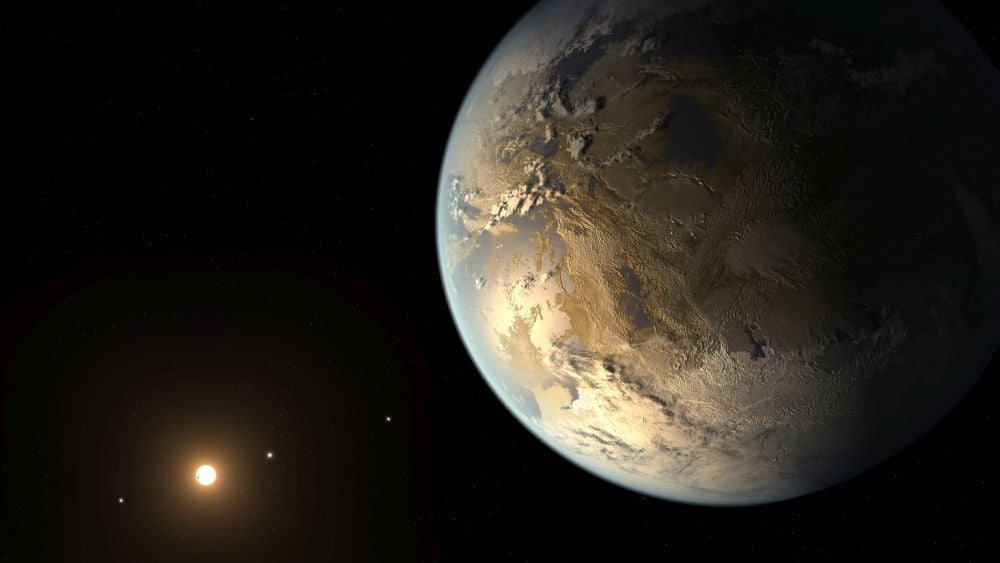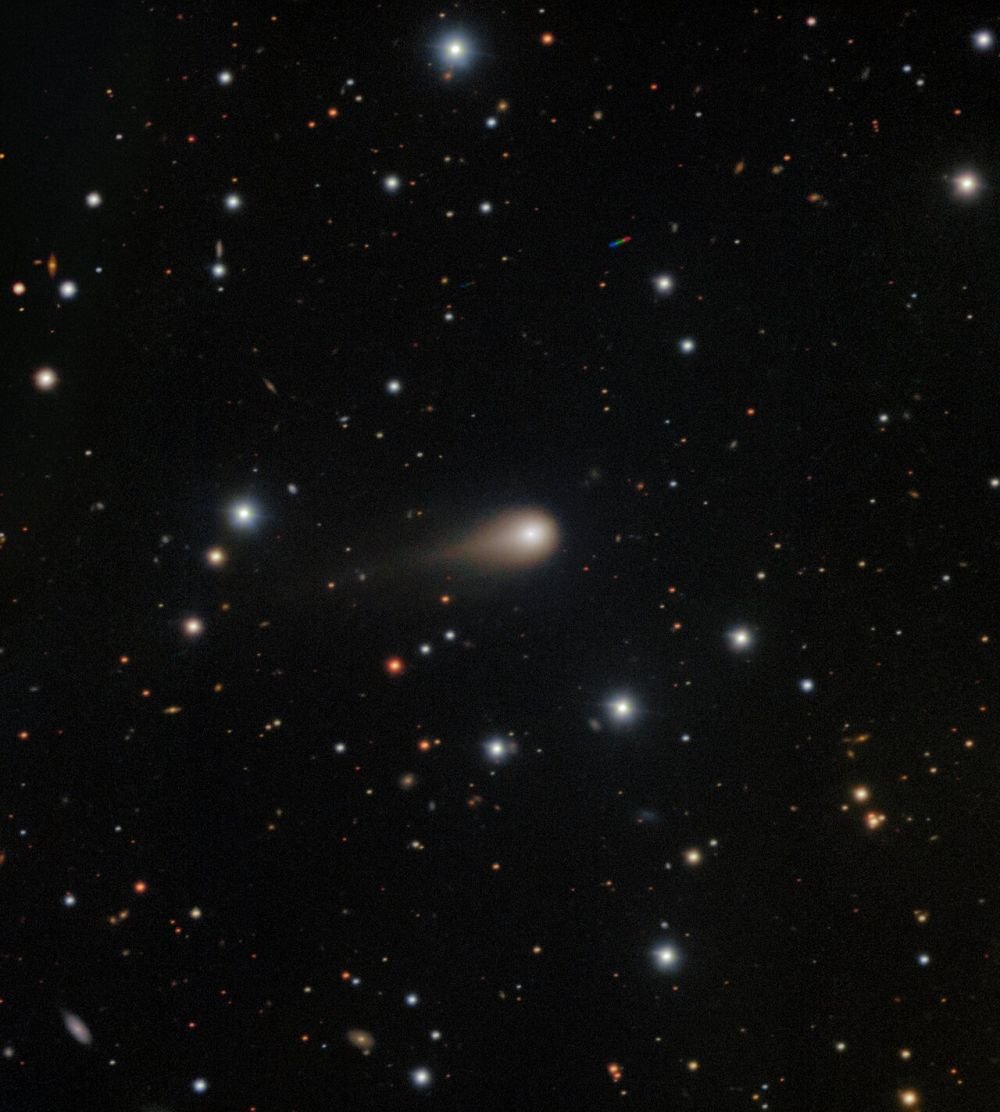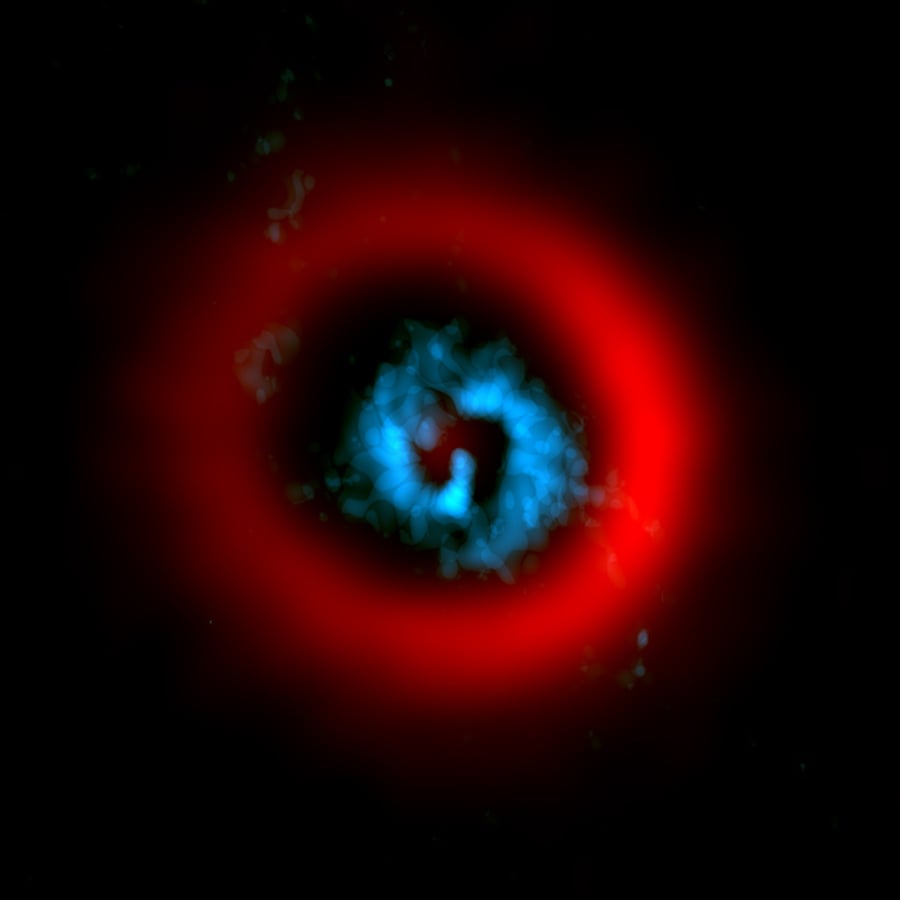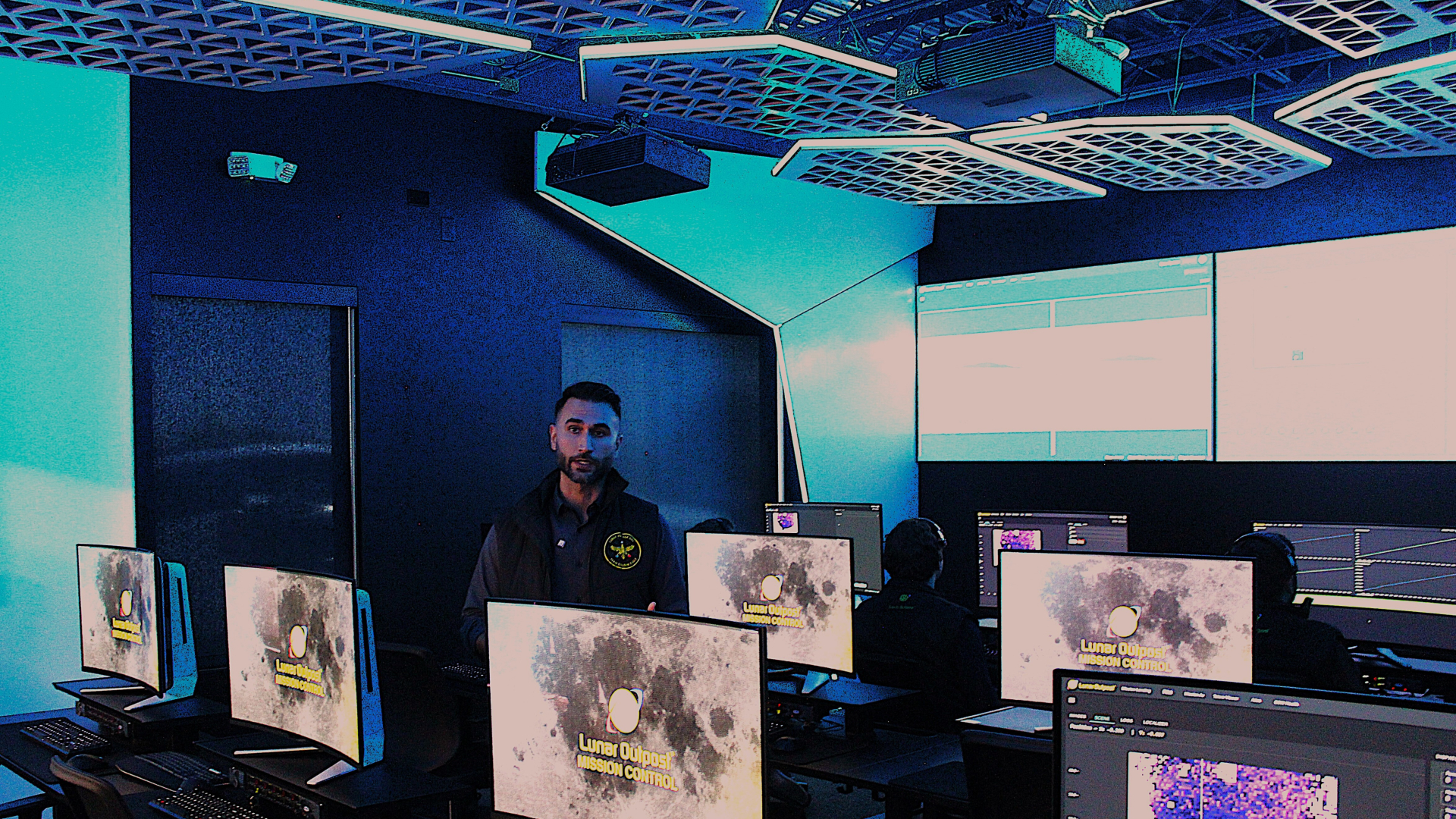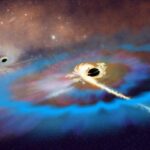EDITOR’S NOTE: Starbase is SpaceX’s massive rocket development site and the home of Starship — the vehicle Elon Musk envisions as humanity’s path to Mars and that many in the
Pam Melroy, one of only two women to ever command a NASA space shuttle, is channeling her decades of experience across the U.S. Air Force, DARPA, the FAA and private
TAMPA, Fla. — The Space Data Association (SDA) has picked Spanish technology provider GMV to upgrade and operate its global space traffic coordination platform starting early next year, the non-profit
PARIS — A loss of attitude control and an open valve contributed to the loss of Isar Aerospace’s first Spectrum rocket in March as the company gears up for a
SpaceX has been making significant strides in the development of its Block 3 hardware, showcasing a blend of innovation and strategic planning as it preps for the ambitious goals ahead.
The celestial tapestry of our Milky Way is a complex interplay of light, dust, and gas, where stars are born in magnificent ‘stellar nurseries.’ The European Space Agency’s Gaia mission
Can a planet that lacks plate tectonics and has very little carbon dioxide support life? Maybe. Can it support life long enough for a technological civilization to arise? New research
ISOs like Comet 3I/ATLAS are fascinating yet fleeting visitors from distant solar systems. New research suggests that when captured by a young solar system that’s still forming planets, these objects
It’s rather strange to think about catching a planet in the act of being born given that the process takes millions of years but for the first time, astronomers have
ARVADA, Colorado — Lunar Outpost, a private space company, is putting the pedal to the metal on its lunar terrain vehicle (LTV), a large rover that Artemis astronauts may use
-
 012024 in Review: Highlights from NASA in Silicon Valley
012024 in Review: Highlights from NASA in Silicon Valley -
 02Panasonic Leica Summilux DG 15mm f/1.7 ASPH review
02Panasonic Leica Summilux DG 15mm f/1.7 ASPH review -
 03How New NASA, India Earth Satellite NISAR Will See Earth
03How New NASA, India Earth Satellite NISAR Will See Earth -
 04And Thus Begins A New Year For Life On Earth
04And Thus Begins A New Year For Life On Earth -
 05Astronomy Activation Ambassadors: A New Era
05Astronomy Activation Ambassadors: A New Era -
06SpaceX launch surge helps set new global launch record in 2024
-
 07Space Force plans new ‘Futures Command’ amid pressure to speed up modernization
07Space Force plans new ‘Futures Command’ amid pressure to speed up modernization


